There’s something magical about the way your backyard smells right after a good rain—the air is fresher, the ground feels alive, and certain plants seem to release an intoxicating fragrance that wasn’t there before. This isn’t your imagination. Some plants are biologically wired to release stronger scents after rainfall, and it’s more than just a sensory bonus—it plays a real role in pollination, protection, and even your own well-being.
From herbs like thyme and rosemary to flowering favorites like jasmine and honeysuckle, these plants respond to moisture and humidity by intensifying their aroma. Why? In many cases, it’s their way of attracting pollinators, signaling readiness to reproduce, or even deterring pests. For gardeners, this means a post-rain garden walk can feel like stepping into a natural aromatherapy session.
In this list, we’ll explore 18 plants that become noticeably more fragrant after it rains, and explain the science—and sensory joy—behind why that happens. If you’re planning your backyard for mood, scent, or simply that “fresh after the storm” feeling, these are the ones to grow.
Lilac
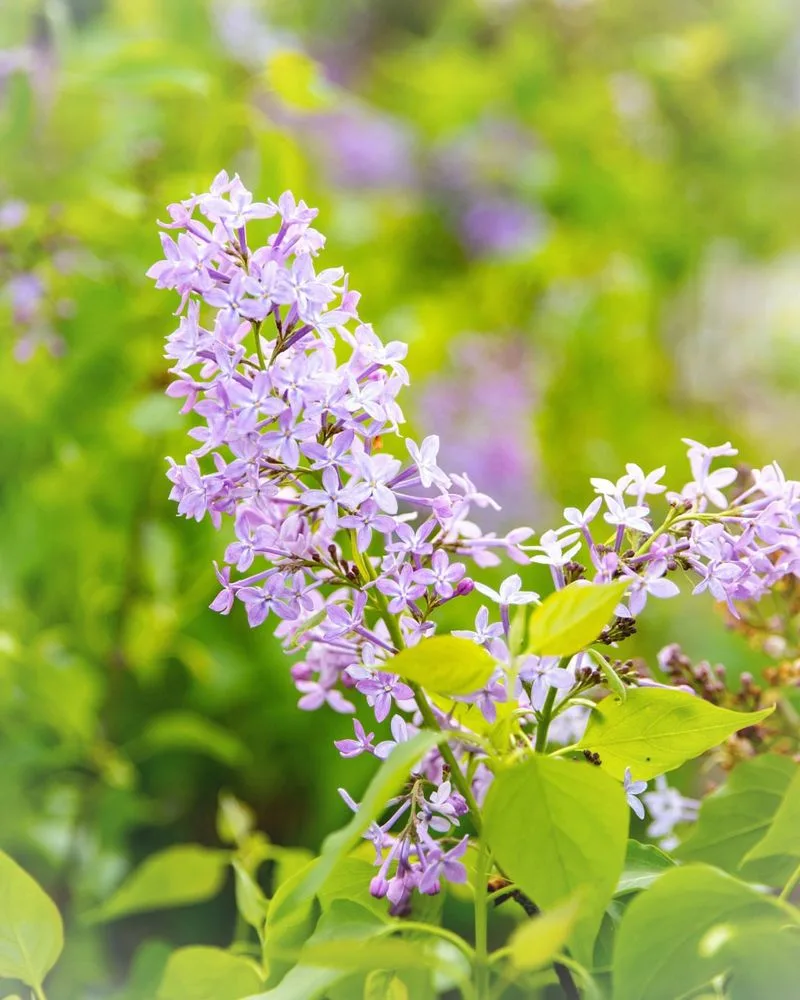
Lilacs are synonymous with the arrival of spring, often marking the season with their captivating fragrance. After a rain, the scent intensifies, enveloping the air with a sweet, floral aroma that lingers. This isn’t just a sensory delight; the aroma plays a crucial role in attracting pollinators such as bees and butterflies, ensuring the plant’s reproduction.
Beyond their biological importance, lilacs have a nostalgic charm. Many recall childhood memories associated with their blooms. Whether planted as a hedge or a standalone, they offer beauty and purpose in any garden.
Jasmine
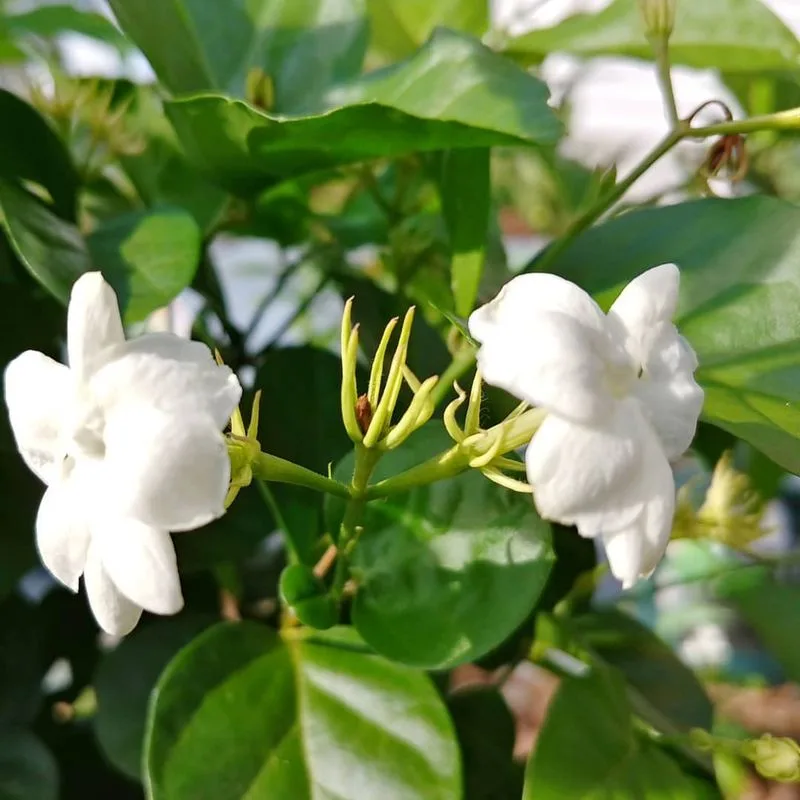
Jasmine’s fragrance is legendary, often associated with romance and calm evenings. Rain enhances this scent, creating an almost magical ambiance. This isn’t merely an olfactory pleasure; the potent fragrance helps mask less pleasant odors, acting as nature’s air purifier.
Historically, jasmine has been used in perfumes and teas, emphasizing its enduring allure. In gardens, it’s not just a plant but an experience, especially after showers when its scent can be most appreciated. Its versatility and charm make it a beloved choice for many.
Gardenia
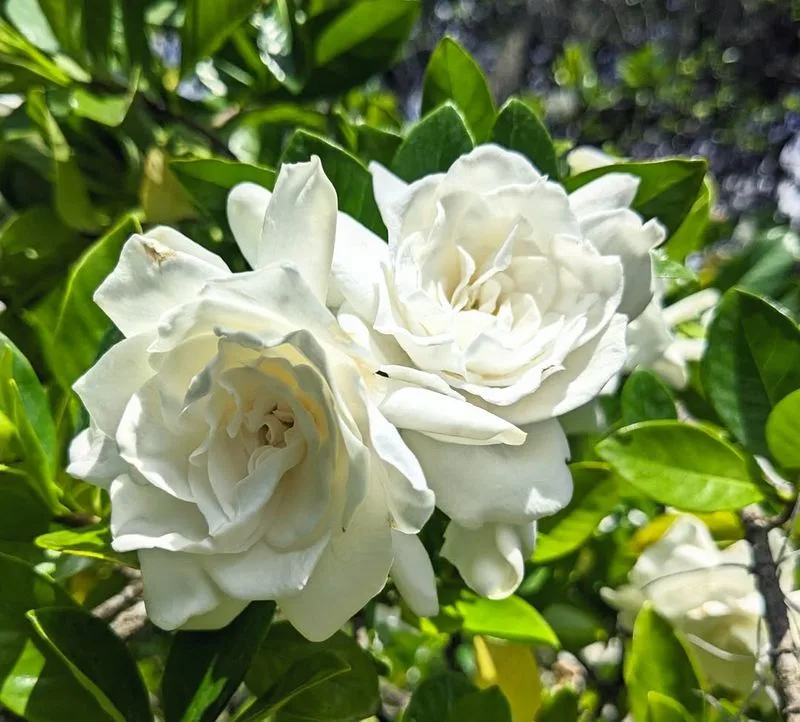
Few plants rival the elegance and fragrance of gardenias. Post-rain, their scent becomes richer, filling the garden with a creamy, sweet aroma that’s hard to resist. This intensified fragrance helps in attracting pollinators, crucial for the plant’s growth and propagation.
Gardenias are more than just their scent. They symbolize hospitality and grace, often featured in floral arrangements. Their glossy leaves and delicate blooms add visual appeal, making them a favorite among gardeners seeking both beauty and function.
Lavender
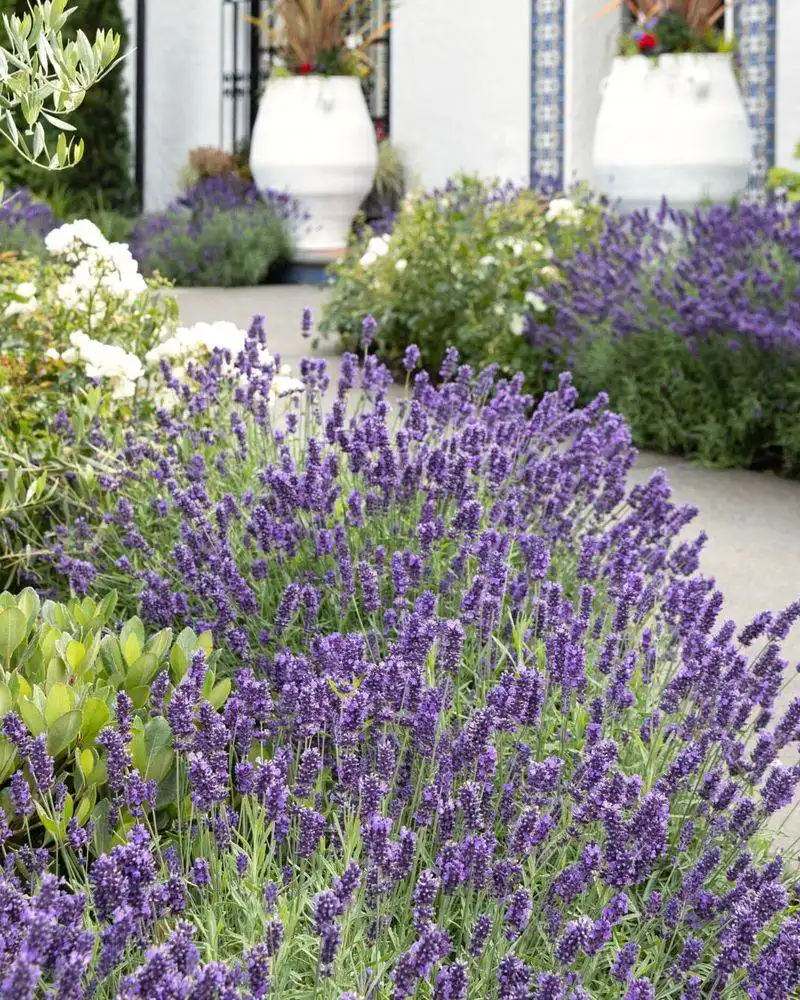
Lavender’s calming scent is well-known, often used in aromatherapy for relaxation. Rain amplifies this aroma, creating a peaceful atmosphere in the garden. This increased fragrance post-rain attracts pollinators, ensuring lavender’s role in supporting biodiversity.
Historically, lavender has been cherished for its medicinal properties, from soothing headaches to aiding sleep. Its purple blooms and silvery foliage offer visual delight, making it a versatile plant for both culinary and ornamental uses. In essence, it’s a garden staple that satisfies multiple senses.
Rosemary
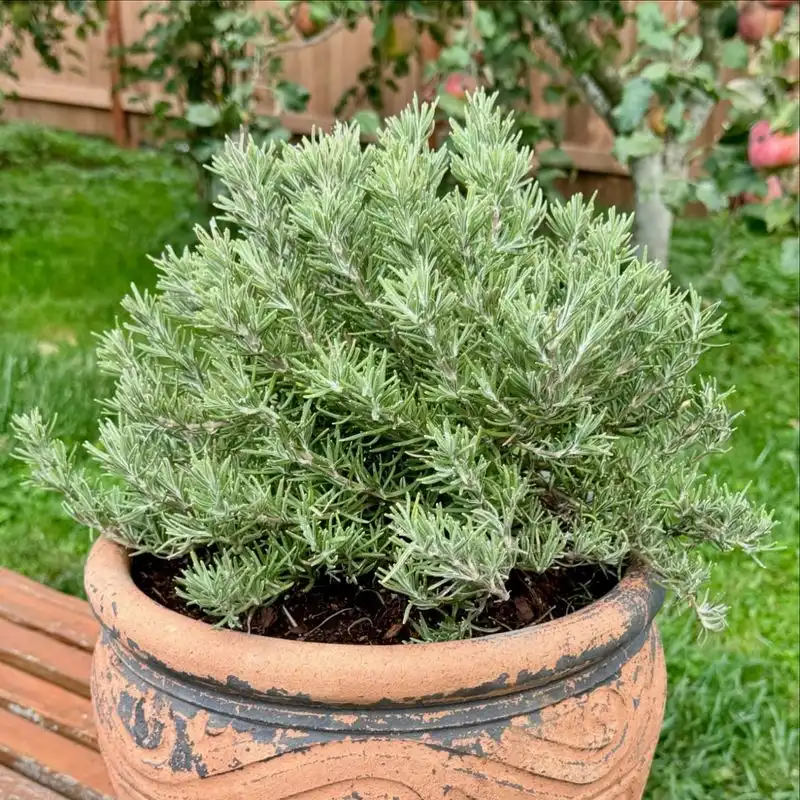
Rosemary, famed for its culinary uses, offers more than just flavor. After rain, its scent becomes more pronounced, releasing a woodsy, invigorating aroma that refreshes the senses. This fragrance plays a role in keeping pests away, making it a natural garden protector.
Beyond its scent, rosemary is a symbol of remembrance and fidelity. Its versatile nature allows it to thrive in various climates, making it a gardener’s ally. Whether used in cooking or as a decorative plant, rosemary provides both function and pleasure.
Eucalyptus
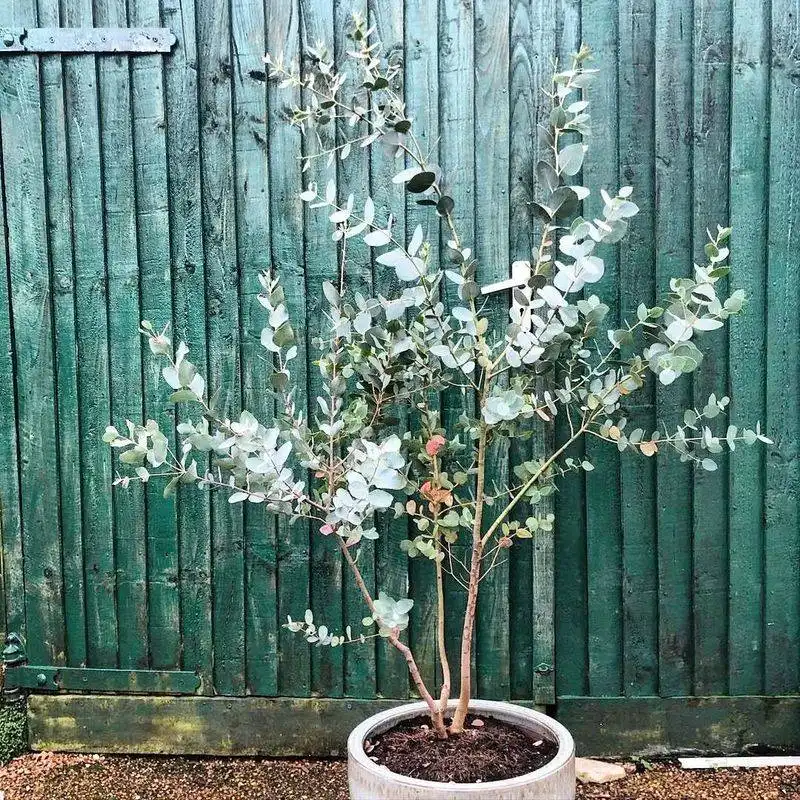
Eucalyptus is more than just a koala’s favorite treat. Its strong, medicinal scent intensifies after rain, emanating a fresh, clean aroma that invigorates the air. This scent has antibacterial properties, contributing to a healthier garden environment.
Often used in spa treatments, eucalyptus is synonymous with relaxation and rejuvenation. Its tall stature and aromatic leaves make it a striking addition to any backyard, providing both aesthetic appeal and practical benefits.
Rose
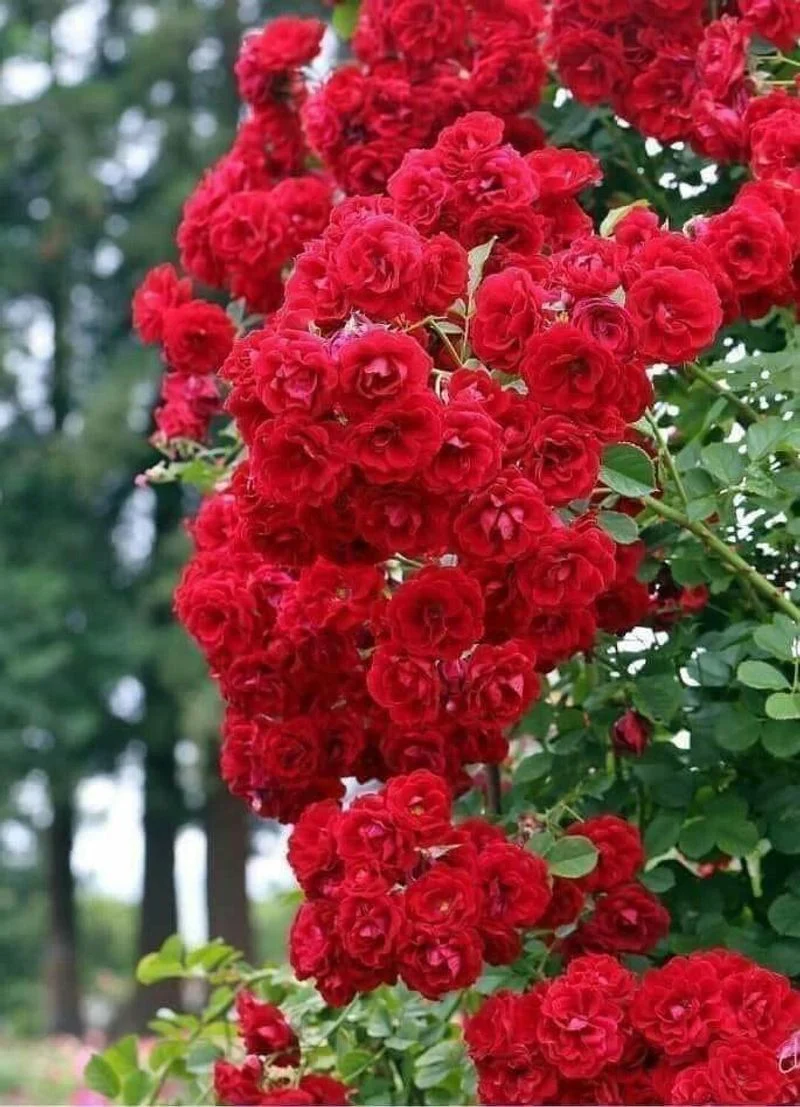
Roses, the classic symbol of love and beauty, reveal another layer of allure post-rain. Their scent, already enchanting, becomes even more pronounced, offering a deeper, more intoxicating aroma. This enhancement serves to attract pollinators, vital for their reproduction.
More than just a visual delight, roses have a rich history in culture and storytelling. Each color carries a different meaning, adding layers of significance to their presence. In gardens, they serve as both a centerpiece and a sensory experience.
Honeysuckle
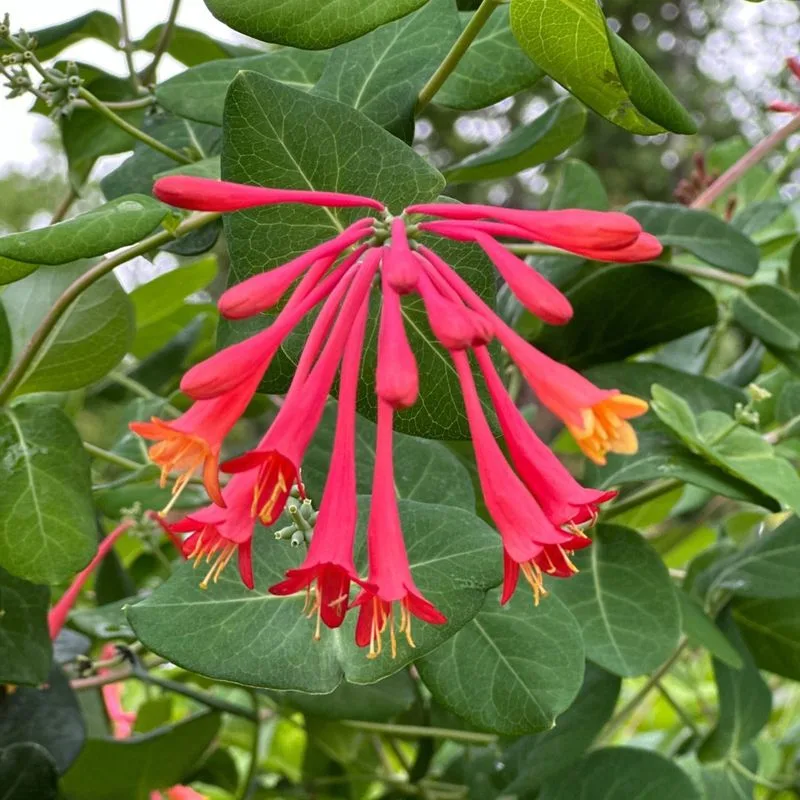
Honeysuckle is known for its sweet, nectar-like scent that becomes even more alluring after a rain shower. This intensified aroma not only attracts pollinators but also creates a fragrant escape in any garden setting.
The plant’s vigorous growth and versatility make it ideal for covering fences or trellises, adding vertical interest to landscapes. Beyond aesthetics, honeysuckle’s scent has been used in traditional medicine, offering soothing properties.
Thyme

Thyme might be humble, but its fragrance is anything but ordinary. After a rain, its earthy, minty scent elevates, adding freshness to garden paths and patios. This aroma serves as a natural insect repellent, protecting nearby plants.
Beyond its fragrance, thyme is a kitchen staple, valued for its culinary versatility. It symbolizes courage and strength, and its low-growing nature makes it perfect for rock gardens or as ground cover. Each rain shower enhances its presence, proving that even small plants can pack a punch.
Mint
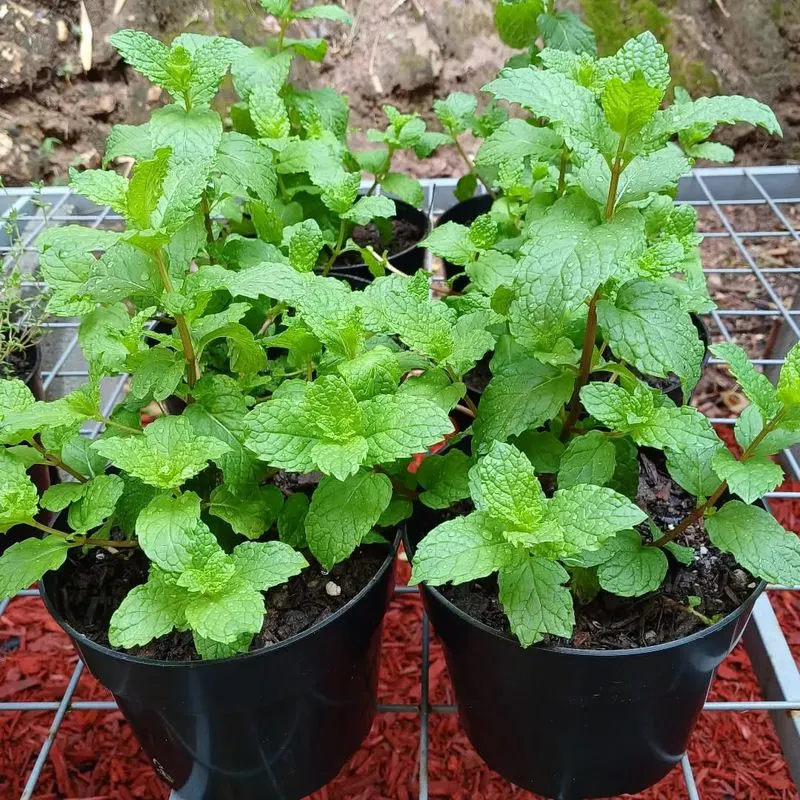
Mint is a garden favorite, renowned for its refreshing scent and flavor. Rain acts as a catalyst, intensifying its crisp aroma, which can uplift the spirit and deter pests. This dual-purpose makes it an essential herb for any backyard.
Used in everything from teas to salads, mint’s versatility is unmatched. Its rapid growth and refreshing scent make it a popular choice for home gardens, offering both utility and olfactory delight. After rain, it becomes a natural air freshener, a testament to nature’s ingenuity.
Lemon Balm
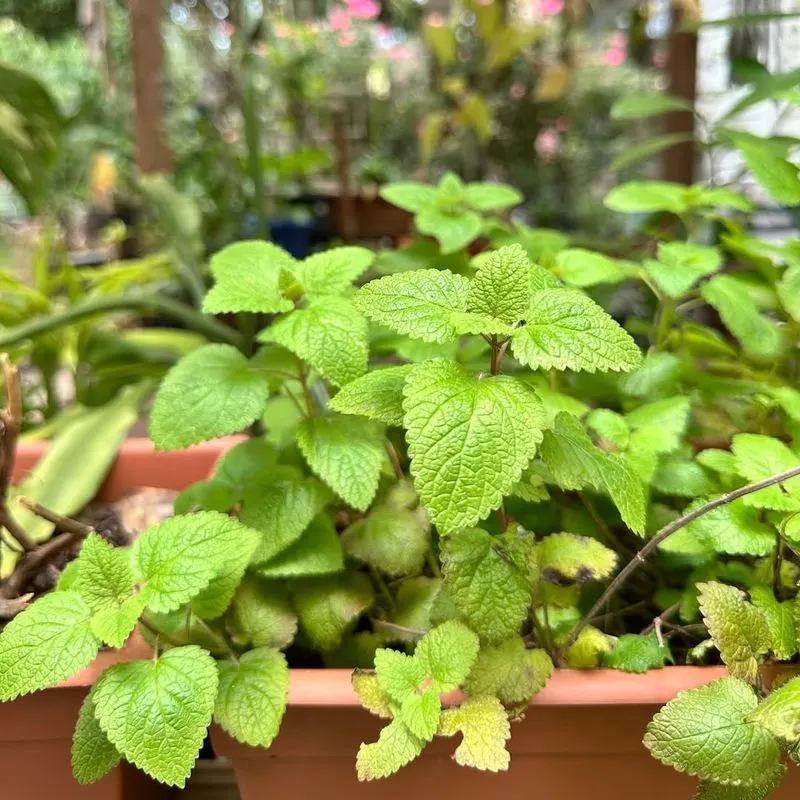
Lemon balm is more than a calming herb; its scent after rain is like a burst of citrusy freshness. This invigorating aroma has been known to lift moods and attract beneficial insects, contributing to a thriving garden ecosystem.
Beyond its fragrance, lemon balm is cherished for its calming properties, often used in teas and remedies. Its easy-going nature makes it perfect for gardeners of all levels, offering both beauty and utility in abundance. Rain simply amplifies its many virtues.
Sage
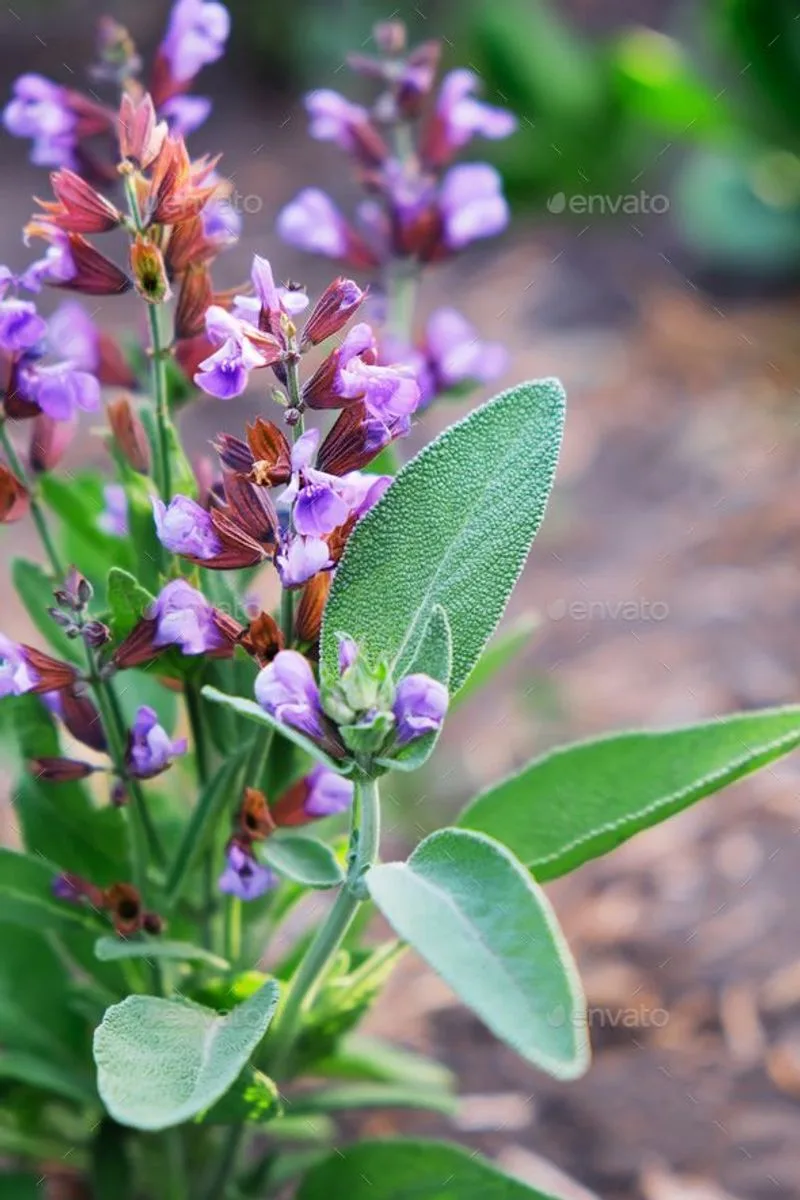
Sage offers more than culinary delight; its earthy aroma becomes more pronounced after rain, creating a grounding atmosphere. This scent not only enriches the garden experience but also acts as a natural deterrent to pests.
Historically, sage has been revered for its medicinal and spiritual properties, often used in cleansing rituals. Its soft, dusty leaves and robust growth make it a staple in both herb gardens and ornamental displays. After rain, its scent serves as a reminder of its ancient roots and modern uses.
Basil
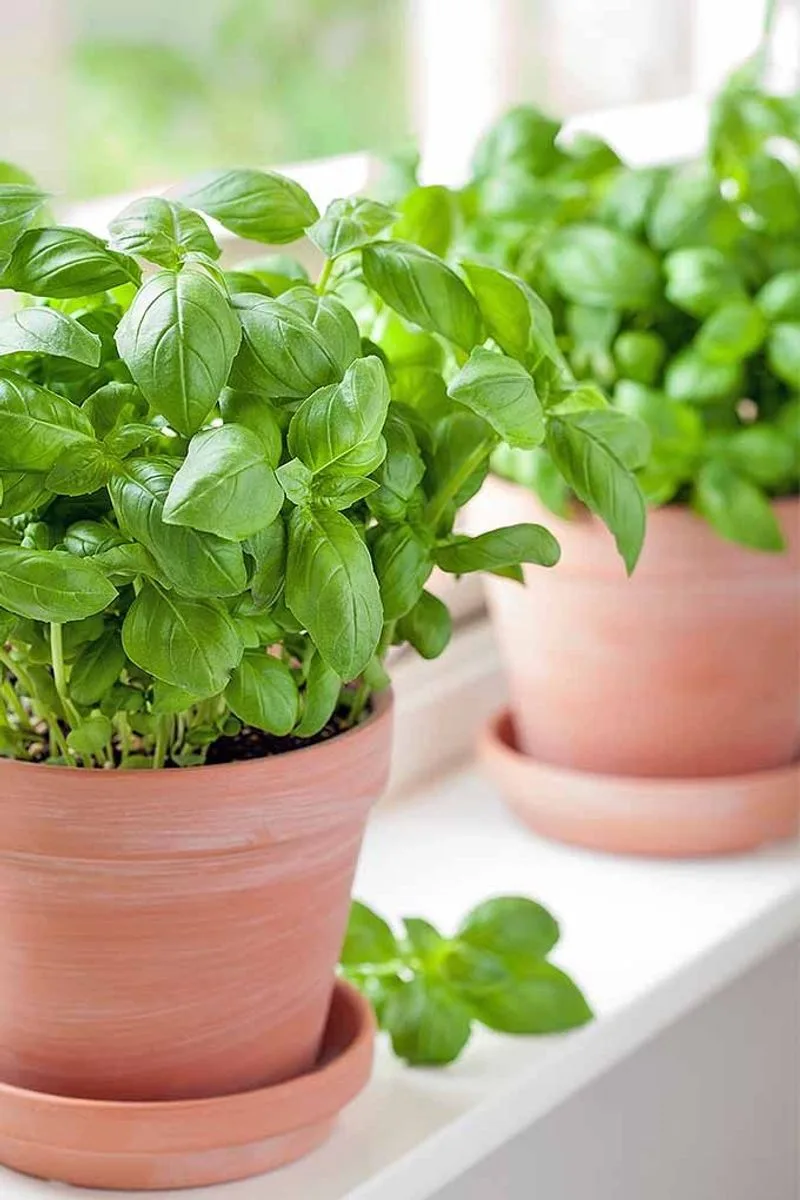
Basil is a kitchen staple that offers a burst of flavor and fragrance. Rain amplifies its spicy-sweet aroma, which is both invigorating and refreshing. This heightened scent can invigorate the senses and deter pests, serving a dual purpose.
Beyond its aroma, basil’s vibrant green leaves add a pop of color to any garden. Its versatility in culinary dishes, from pesto to salads, makes it a must-have for home cooks and gardeners alike. Each rain shower enhances its presence, a testament to its fragrant prowess.
Magnolia
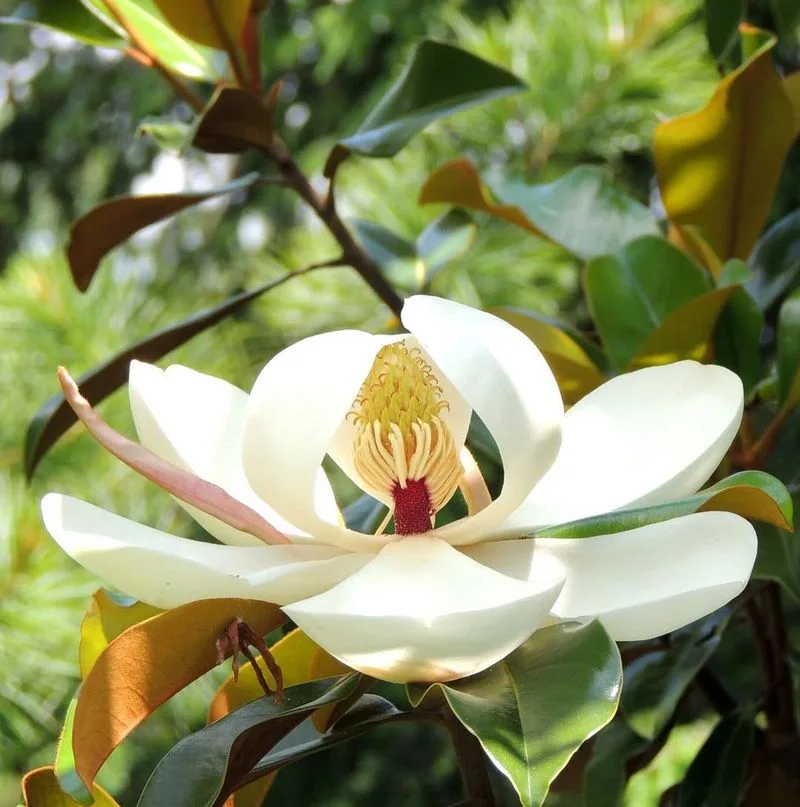
The grandeur of magnolias is matched only by their fragrance, which becomes even more captivating after rain. This intensified scent draws in pollinators, ensuring the continuation of its majestic blooms.
Magnolias are more than a visual feast; they symbolize dignity and nobility, cherished in gardens for their sculptural beauty. Their large, creamy flowers and glossy leaves add elegance, while the post-rain scent offers an olfactory treat. Each bloom tells a story of resilience and splendor.
Peony
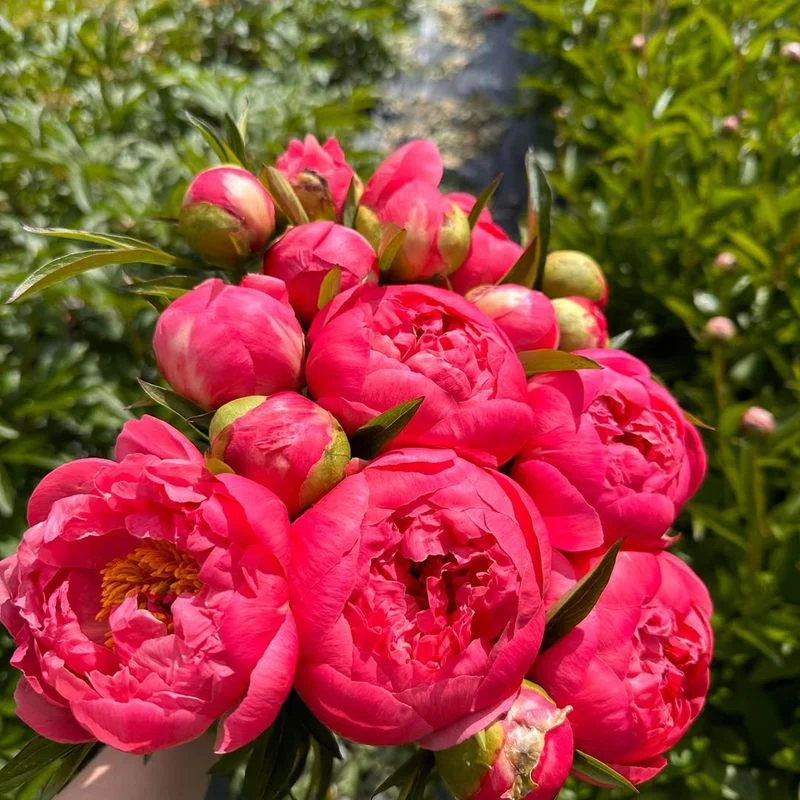
Peonies, known for their lush blooms and intoxicating scent, reveal a new dimension after rain. The moisture amplifies their fragrance, creating an enchanting garden escape. This enhanced aroma attracts pollinators, vital for their reproductive cycle.
Beyond their scent, peonies carry symbolic meanings of romance and prosperity. Their large, ruffled blooms add drama and elegance to gardens. Each rain shower not only refreshes them but also deepens their sensory impact, making them a cherished addition to any landscape.
Hyacinth
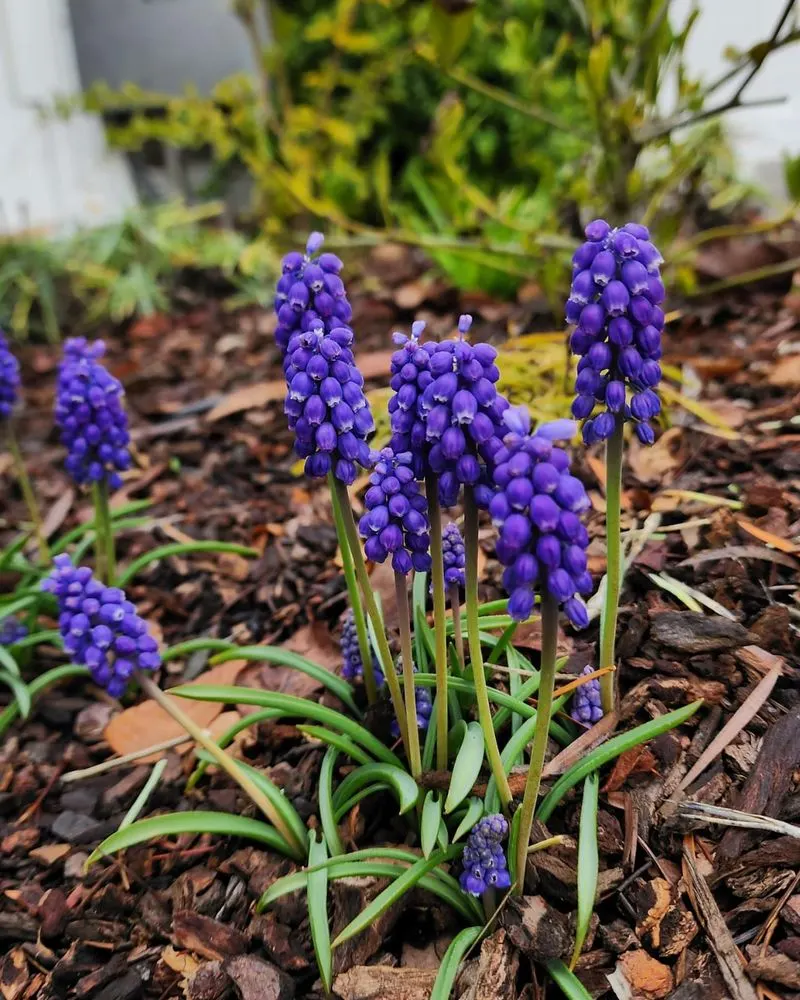
Hyacinths are spring’s heralds, known for their vivid colors and sweet scent. Rain deepens this fragrance, creating a symphony of aromas that captivate the senses. This enhanced scent is a beacon for pollinators, crucial for the plant’s lifecycle.
Beyond their fragrance, hyacinths are celebrated for their vibrant hues, ranging from deep purples to bright pinks. Their presence in gardens is both visually striking and olfactorily pleasing, offering a multi-sensory experience. Each rain shower magnifies their charm, making them a springtime favorite.
Freesia
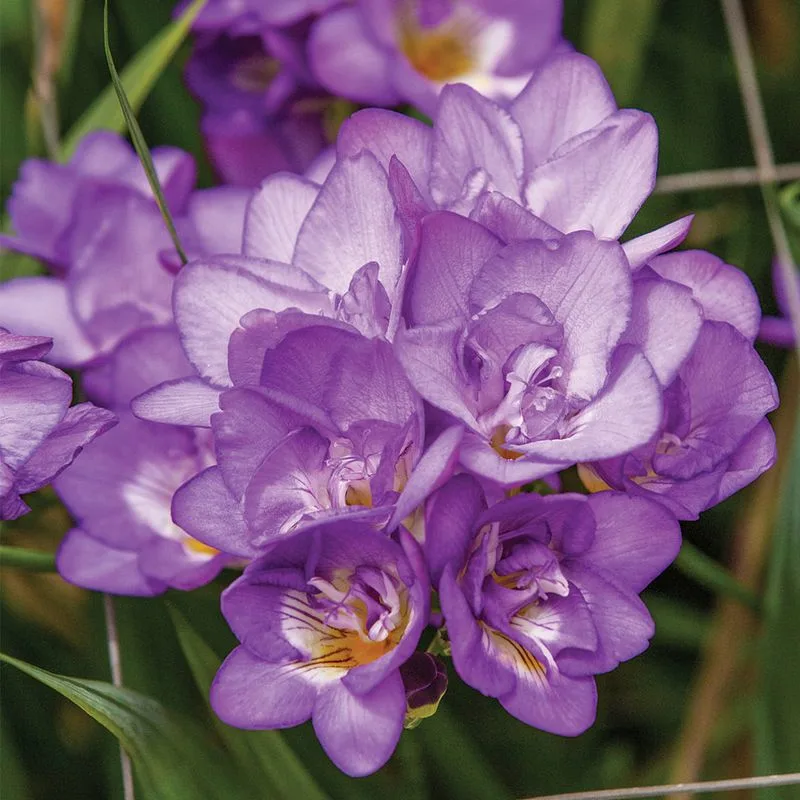
Freesias are loved for their bell-shaped blooms and delightful fragrance. After rain, their scent transforms, becoming even more vivid and inviting. This enhanced aroma not only attracts pollinators but also enriches garden spaces with an invigorating freshness.
Symbolizing friendship and trust, freesias offer both beauty and meaning. Their varied colors and graceful form make them popular in bouquets and gardens alike. Rain brings out their best, amplifying their inherent charm and making them a beloved choice for flower enthusiasts.
Lily of the Valley
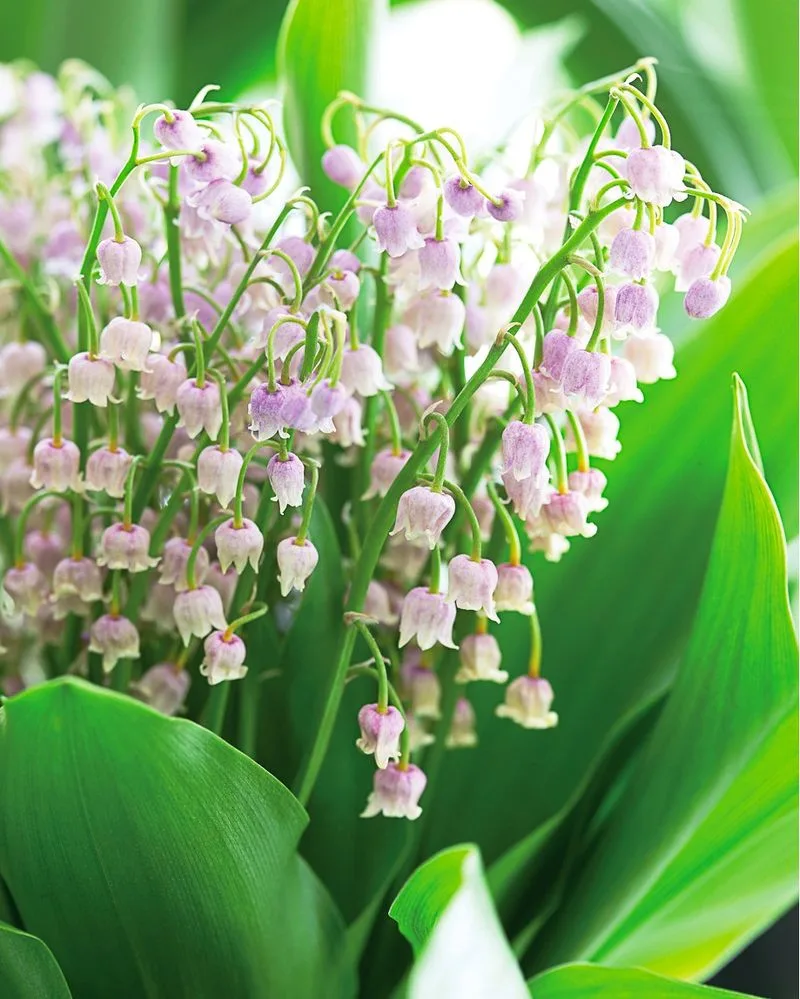
Lily of the Valley is renowned for its delicate bells and enchanting scent. After rain, this fragrance becomes more potent, filling the garden with its sweet aroma. This intensified scent serves to attract pollinators, essential for its propagation.
Beyond its fragrance, it symbolizes purity and sweetness, often featured in wedding bouquets. Its dainty white flowers and lush green leaves create a picturesque woodland scene. Rain not only refreshes it but also highlights its timeless beauty and olfactory allure.

